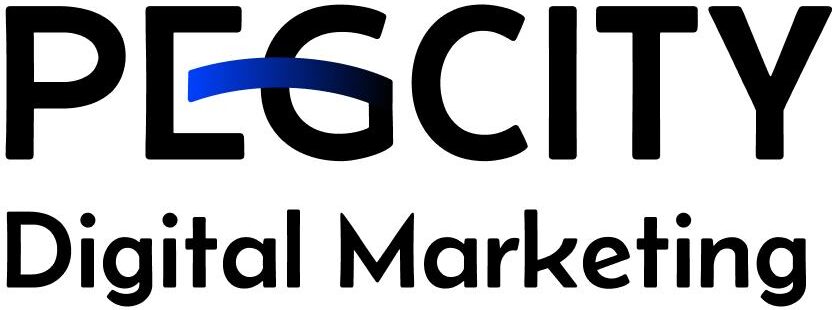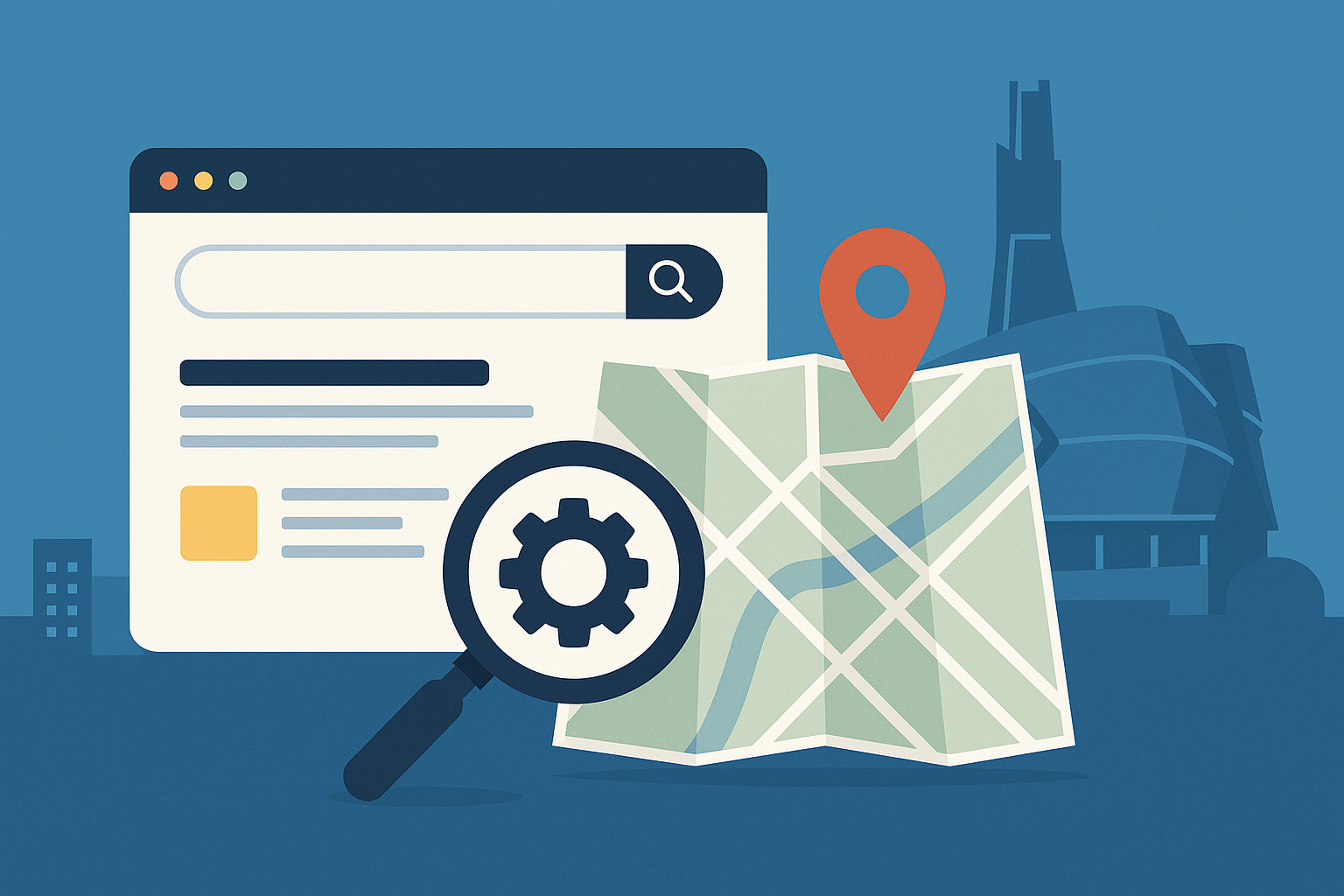Why does Website speed matter for SEO? In today’s digital-first world, every second counts. If your website takes too long to load, visitors might bounce before they even see your content. That’s not just bad for user experience, it’s a red flag for search engines, too.
So, how fast should your website load? And more importantly, why does it matter for SEO? Let’s break it down.
How Fast Should a Website Load in 2025?
According to Google, your site should ideally load within 2–3 seconds. But in practice, the faster, the better.
A study by Portent found that a website that loads in 1 second has a conversion rate 3x higher than one that loads in 5 seconds. Once you hit 10 seconds, the chances of a user bouncing increase by over 120%.
Whether you’re running an e-commerce store or a local business page, speed impacts both your conversion rate and your organic traffic.
Why Website Speed Matters for SEO
Speed has been a ranking factor since 2010, and with Google’s Page Experience Update, it became even more important. Here’s how it affects your SEO:
1. Improved User Experience
Google’s mission is to provide users with the best answers fast. A slow website frustrates visitors, increases bounce rates, and reduces engagement. And guess what? Google sees all of that.
If users leave your site quickly, it signals to search engines that your content isn’t valuable, regardless of how good it is.
2. Mobile-First Indexing
Google primarily uses the mobile version of your site for indexing and ranking. That means your mobile load time is even more important than desktop.
With most users browsing from their phones, a clunky mobile experience can seriously hurt your rankings and traffic.
3. Core Web Vitals
These are a set of real-world metrics that measure user experience, focusing on:
Largest Contentful Paint (LCP): How fast the main content loads (goal: under 2.5s)
First Input Delay (FID): How soon users can interact (goal: under 100ms)
Cumulative Layout Shift (CLS): Visual stability as the page loads (goal: under 0.1)
If your site performs poorly on these, you may be penalized in search results.
What Slows Down a Website?
Common culprits include:
Unoptimized images (too large, not compressed)
Too many third-party scripts (ads, trackers, widgets)
Bloated code or outdated plugins
No caching or CDN setup
Slow hosting servers
Even a gorgeous site won’t rank well if it takes forever to load.
How to Improve Website Speed
Here are actionable steps you can take today:
Compress and resize images
Use tools like TinyPNG or ImageOptim to reduce file sizes without losing quality.
Minify CSS, JavaScript, and HTML
This removes unnecessary code to streamline your site.
Use lazy loading
Load images and media only when the user scrolls down to them.
Leverage browser caching
Save static files so users don’t have to reload everything every time.
Invest in quality hosting
A fast, reliable server makes a huge difference, especially for mobile users.
Consider a CDN
Content Delivery Networks (CDNs) distribute your files globally for faster access.
Tools to Test Your Website Speed
To know where you stand, use these free tools:
These platforms give you a detailed breakdown of what’s slowing your site down and how to fix it.
Final Thoughts: Speed Up to Show Up
Website speed isn’t optional if you care about SEO, conversions, or even just keeping your visitors happy. It’s a core part of your digital strategy.
At PegCity Digital Marketing, we help businesses to optimize not just for traffic, but for performance. From technical audits to speed optimization and full SEO strategies.



